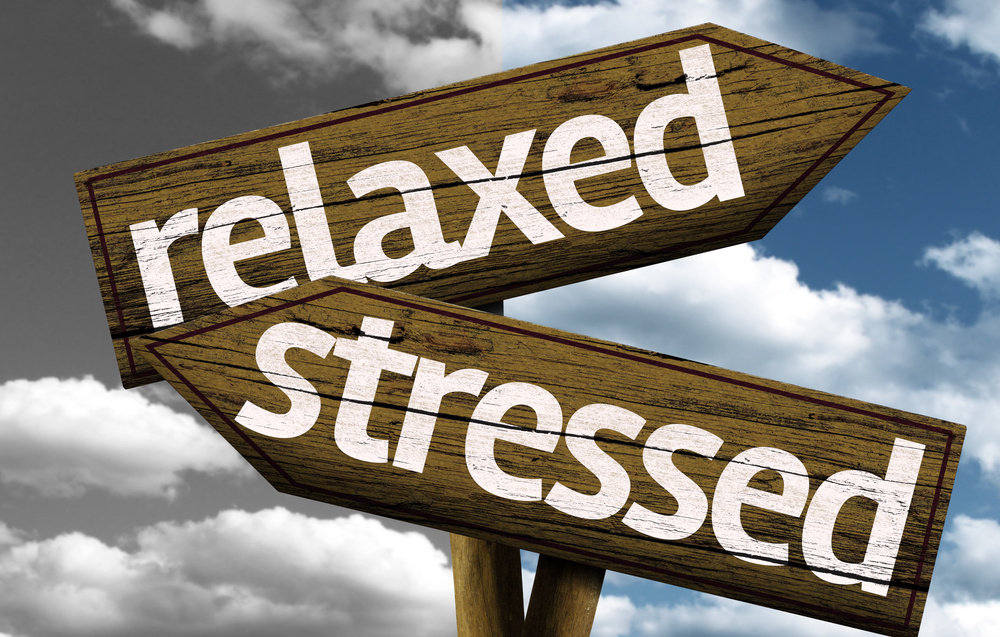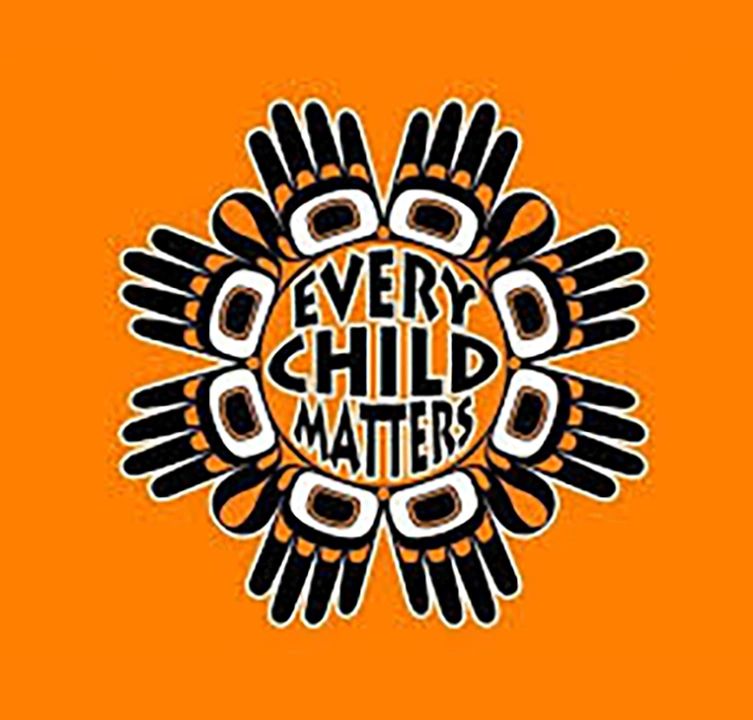Part Four of Four in the issue on Stroke & Health!
There is an area near the front of the brain that is thought to help us make decisions based on distinctions we make between the various options available to us.
After a stroke, people often find it difficult to make decisions because they are unable to sort through these options, weigh the information related to each option, and then come to a rational conclusion.
As a result, decision making may be very difficult for people after a stroke with complex decisions being impossible to make. This relates closely at times to difficulties with social cognition discussed below.
SOCIAL COGNITION
Social cognition refers to the ability to read and interpret one’s social context including the behaviors and feelings of others and make appropriate choices and decisions based on one’s social surroundings. For people who have had a stroke, it can be difficult to understand how to conduct oneself appropriately in social situations. Others may now find these individuals to be impulsive and lacking regard for the thoughts and feelings of others.

It is important for family members and friends of a person who has had a stroke to understand that this behavior is the result of an injury to the brain rendering the person incapable of appropriate social behavior at least until some healing of the brain has occurred. These changes are also related to personality and emotional changes that happen to the person who has had a stroke and are dependent on the severity of the stroke and which areas of the brain were affected.
Behavioral/Emotional Changes
Some behavioral changes such as impulsivity and lack of social skills were discussed above, however, there are other behavioral changes that family and friends may notice in a person after a stroke as well. These behaviors may last long term but often they improve gradually over time. Family and friends may observe that an individual after a stroke:
- Becomes angry or irritated very quickly
- Appears stressed, angry, or aggressive
- Withdraws from conversation
- No longer shows interest in the things that they used to enjoy
- Makes decisions without considering what will happen afterward
- Is less inhibited, more outspoken, or suddenly self-centered.
- Displays a change in sexual behavior.
Pain
Post-stroke pain is common in more than half of all patients following a stroke. It may occur soon after a stroke or even weeks or months later. The pain may be constant or intermittent (e.g. it may come and go) and is often described as a “burning” or “pins-and-needles” kind of pain. While there are different types of pain that a person may experience, post-stroke pain is often categorized as one of two types: local pain or central pain:
Local pain (also referred to as mechanical pain) is most commonly felt in the joints with the shoulder joint being the most common site.
Central pain (also referred to as central post-stroke pain) is usually constant, moderate to severe pain resulting from damage to the brain. With this type of pain, it is thought that the brain is receiving normal sensory information such as touch, temperature, and other common sensations but registers this information as painful stimuli. As a result, even a gentle touch of one’s hand may elicit a pain response.
Post-stroke pain symptoms may include pain that:
- Is constant (chronic)
- Comes and go (intermittent)
- Is felt on part of or the entire side of the body affected by the stroke
- Is felt on the face, arm, leg or trunk of the body
- Is aching, burning, sharp, stabbing or itching
Difficulty with activities of daily living
As one might expect, the person who has had a stroke often requires assistance performing daily self-care tasks or ADLs. The degree of assistance required depends on the extent of the brain injury resulting from the stroke and which side of the brain was affected. Common ADLs that people require assistance with after a stroke include dressing, bathing, eating, mobilizing, toileting, taking medications, and communicating.
Long-term care after stroke
Once a person is medically stabilized, rehabilitation may start within 24 hours. Depending on the severity of a stroke with various medical professionals which may include physical therapists, occupational therapists, speech-language pathologists, psychologists, and social workers. Rehabilitation begins in the hospital and then continues in a clinic, the patient’s home, or a long-term care facility where the person is transferred.
As noted earlier, the effects of a stroke can be widespread and affect almost every part of one’s daily life. The degree to which someone is able to live independently and safely after a stroke will depend on the severity of the stroke and the areas of the brain affected.
Returning home
For those who have suffered a mild stroke, returning to one’s daily life at home may require some small adaptations and ongoing rehabilitation. For those who have suffered a more severe stroke, the ability to return home will depend on four factors:
- Ability to care for oneself. Rehabilitation prior to discharge from the hospital is usually focused on helping an individual regain the ability to perform ADLs such as bathing, dressing, and eating.
- Ability to follow medical advice. This is a critical step in recovery and preventing a recurrent stroke or post-stroke complications. It is important for an individual to take medications as prescribed and follow medical advice.
- Ability to move around and communicate.
- Presence of a caregiver. Someone should be available in the home who is willing and able to help when needed.
If the person who has suffered a stroke is able to return home, some modifications to the home environment are often required in order to make it functional and safe. These modifications may range from simple things like installing handrails in the bathroom as well as a wheelchair ramp.
It is also important to consider whether or not one’s home is capable of being modified to meet Home health care services vs. home care services
When considering what in-home assistance may require, the Administration on Aging (AoA) points out that an important difference to be aware of is the difference between home health care services and home care services.
Home health care services are provided by home health care professionals such as nurses, therapists, and home health aides.
Home and community-based services (HCBS)
The National Association of Area Agencies on Aging (AAA) and Title VI Native American aging programs also offer a wide variety of supports and services for people who have had a stroke.
These services are referred to as home and community-based services (HCBS) and they enable people to return home and live as independently as possible. Some HCBS include:
- Home health care
- Home-delivered meals
- Homemaking services
- Transportation
- Caregiver support services






